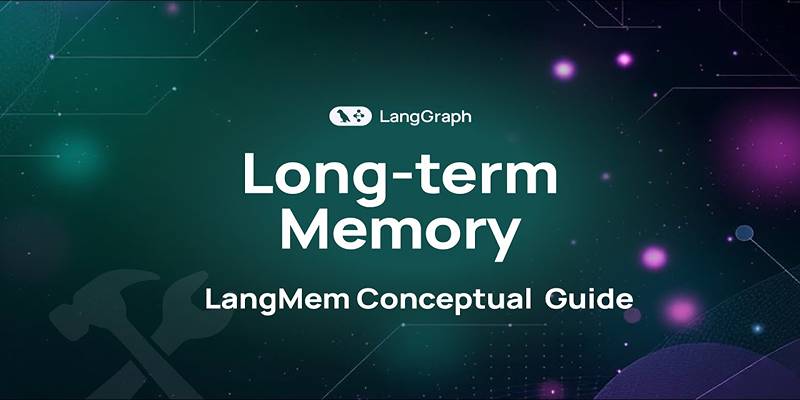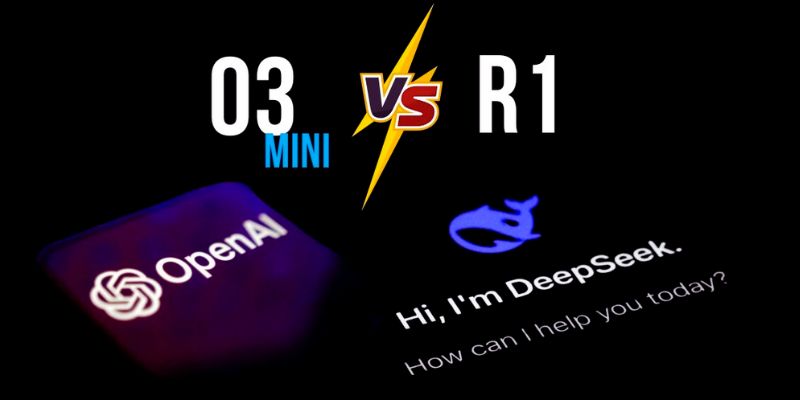Artificial intelligence is quickly changing our methods of creating and consuming digital material. These days, companies, marketers, and authors all employ artificial intelligence to create blogs, articles, and even books. Even if artificial intelligence speeds up content creation, it begs various ethical concerns. People wonder whether using machines to generate ideas is fair, honest, and safe. Concerns regarding plagiarism, authorship, and false information abound in the ethics of AI-generated content.
These problems trouble consumers as much as creators. As artificial intelligence techniques become more sophisticated, the boundary between human and machine-made material becomes hazy. Investigating the responsible application of artificial intelligence is essential. Content readers and writers have rights to clarity, justice, and trust. Knowing the ethical usage of AI writing tools is more critical than ever.

The Rise of AI in Digital Writing
AI tools like Jasper and ChatGPT are changing content production in many fields. Marketers write quicker with AI. Bloggers turn it into topic inspiration. Businesses save money by substituting artificial intelligence for hired writers. Many find the speed and efficiency appealing. Others, meantime, are concerned about the long run. Years of learning their trade define human writers. AI can replicate such an ability in minutes now. That changes originality, employment, and creative thinking.
Readers also could not be aware if the material is human-made or artificial intelligence-written. People who feel misled may lose trust. Writers should be open about applying artificial intelligence. The creation of ethical material begins with honesty. Though it is not a complete replacement, artificial intelligence is a useful tool. Keeping human participation in writing counts. Good stuff blends voice, facts, and imagination. While artificial intelligence can help, humans give the words significance.
Transparency and Disclosure in AI Content
Readers are entitled to find out who or what produced the materials. Using artificial intelligence without informing the audience could come off as dishonesty. Creators of ethical material think in complete openness. Declaring that technology enabled the article to be written boosts credibility. A few sites include author remarks or disclaimers. These points address the employment of artificial intelligence help. That little action inspires the reader's confidence. Transparency also upholds the reputation of a brand.
People could feel duped if they learned later on that the material was created by artificial intelligence. Businesses that conceal AI use run the danger of losing respect. The correct attitude is openness. It helps prevent misunderstandings or reactions against it. People value truth, even in automation. Using the responsible AI content creation method requires revealing all tools utilized. Authors should be glad to offer their approach. Transparency regards the reader with respect.

Originality and Plagiarism Concerns
Ethical writing starts with original ideas. Millions of sources allow artificial intelligence to extract data, which helps one duplicate thoughts or phrases inadvertently. Some AI-generated books almost exactly match current materials, which raises questions about plagiarism. Writers applying artificial intelligence have to be innovative. This method depends heavily on plagiarism checkers. One should address or rewrite even small matches. Originality maintains the value and freshness of content. Overindulging in artificial intelligence can stifle innovation.
Writers sometimes lose their voice or style. Review and change all of the AI outputs. Human engagement guarantees the originality and interestingness of material. Also essential is giving credit for sources. Ethical writers mention ideas or quotes borrowed from others. Artificial intelligence does not always perform brilliantly. People have to intervene to fix or enhance material as needed.
Responsibility for Misinformation and Errors
Even in cases when it's incorrect, artificial intelligence sounds assured. Artificial intelligence writing is among the main challenges. Though it looks truthful, a sentence could be untrue. AI tools guess words depending on patterns; they do not know the truth. Errors or false information may follow from that. Fact-checking AI results falls to writers. Never publish anything unless you have checked it first. Ethics demand integrity and accuracy.
If readers are misled, confidence withers. Particularly on social media, misinformation travels fast. Little mistakes could lead to major issues as well. Check data, dates, and quotes always. AI-using writers have to perform more investigation. They have to be the last ones editing. AI is a tool—not a source. Before forwarding any assertions to others, people have to confirm them. Using artificial intelligence ethically entails owning publishing responsibilities.
Creative Ownership and Authorship Questions
Who owns material produced by artificial intelligence? That is a challenging query. Some say the words are owned by the person controlling the artificial intelligence. Others believe public or shareable content is created by artificial intelligence. Legal systems are still forming their guidelines. Ethics advise giving all contributors—including artificial intelligence tools—credit. Writers should state exactly who did what. Did artificial intelligence entirely write the paper? Was it jointly produced? Readers have the right to know.
Some authors believe artificial intelligence steals from human writers. Human effort is used to train AI models. Still, those original writers hardly ever get recognition. Many in the creative industry find that to be unfair. Respecting artists involves appreciating their output. AI should help writers, not replace their voices. Creative direction and original thinking have always been human. That keeps material personal and relevant. More than just typing, authorship is about the message and goal.
Regulation and Future of AI Ethics
Artificial intelligence ethics are beginning to be discussed by governments and technology corporations. Laws are under development to safeguard user rights and content quality. Some nations are developing rules for media produced with artificial intelligence. These rules might call for labels on AI content. Others advocate data protection rules or copyright changes. Ethical content producers should follow these developments. Keeping knowledge helps one avoid legal problems. It also symbolizes care and responsibility.
Early adaptable businesses can lead to quality and trust. Laws progress slowly, while artificial intelligence is developing quickly. Ethics has to guide decisions until more robust laws arise. Companies should draft their own artificial intelligence use rules. Well-defined guidelines enable teams to operate responsibly. Built-in ethical filters may be part of future artificial intelligence capabilities. Those techniques could stop flagrant false information or plagiarism. The way we establish the norms of today will determine our future.
Conclusion:
Although artificial intelligence greatly assists content development, ethical application is important. Transparency, accuracy, and uniqueness ought to always be the first concerns. The ethics of AI-generated content transcend tools to be about values. Businesses and writers have to guard truth and trust. Being upfront about artificial intelligence use helps readers to develop closer ties. Taking charge guarantees long-term success. Though it can improve creativity, artificial intelligence cannot replace honesty. The ethical usage of AI writing tools is always to produce material that honors and informs. Thoughtfully used, artificial intelligence turns from a threat to human creativity into a useful friend.











